The AggregateEU gas purchasing platform, launched two years ago amid the energy crisis following the Russia-Ukraine conflict that peaked in Europe, actually handles only a fraction of the European Union's (EU) needs.
AggregateEU was inspired by the 27-nation bloc's successful coordination in procuring Covid-19 vaccines by leveraging the bloc's size to get lower prices.
In total, the platform connected gas buyers and sellers with a demand of 43 billion cubic meters, but three sources familiar with the matter told the British newspaper Financial Times on September 30 that data showed that only about 1 billion cubic meters of gas was ultimately contracted and reported to the European Commission (EC) – the EU's executive body.
Although companies joining the AggregateEU platform are not obliged to report commercially sensitive data in order to win more contracts, the secret data revealing such “disastrously low” figures has sparked debate about the utility of the joint procurement tool as Commission President Ursula von der Leyen looks to expand the model to more goods later this year.

The AggregateEU gas purchasing platform was created to leverage the market size of the 27-nation bloc to get better prices. Photo: CE Energy
“We must use the strength and scale of the market to secure supply. This is why I will propose to activate and expand our aggregate demand mechanism to go beyond gas and include hydrogen and critical raw materials,” Von der Leyen said in her Political Guidelines for the next five years published in July.
However, participating energy companies say the platform acts more as an intermediary than aggregating demand to achieve lower prices.
Norwegian oil and gas group Equinor said the mechanism was “not the right way to approach the market” for the company and that “in the well-functioning European gas market… it is hard to see this changing”.
Another energy company, who asked to remain anonymous, told the Financial Times that the platform “did not bring additional volume to the market… so it did not achieve its intended purpose”.
The company added that “during the crisis, the market functioned quite well, with price signals allowing gas to move where it was needed, so there was no need for an additional AggregateEU platform”.
Both companies said their involvement did not result in any signed agreements.
The original concept of “pooling demand into a larger group and buying gas together” raised two problems, said Andreas Guth, secretary general of industry body Eurogas: The long-term forecast of gas demand in Europe remains uncertain as the bloc tries to curb its use of fossil fuels, and EU competition law.
“We can’t really engage in consortia unless we get an exemption from EU competition rules,” said Mr Guth. “The only advantage of AggregateEU is that it gives access to small demand that would otherwise have difficulty reaching the market,” he added.
A senior EU diplomat said governments initially had problems convincing companies to sign up to the joint procurement project to meet the quotas set by the EC.
In its assessment of the tool published in June, the European Court of Auditors said it “could not identify the added value of the platform in relation to gas trading platforms, nor did we identify a market failure that AggregateEU could help address”.
The EC argues that the tools it has introduced to tackle the gas crisis – including this platform and a gas price cap, mandatory storage targets and legislation promoting gas sharing between member states – “work together, not separately”.
AggregateEU “has enhanced market transparency and aggregated demand from European buyers to better coordinate gas purchases, while also harnessing the power of the European single market to achieve more competitive prices,” an EC spokesperson said.
Fatih Birol, head of the International Energy Agency (IEA), also backed the tool, saying it would “help Europeans use their power appropriately in global energy markets”.
Minh Duc (According to FT)
Source: https://www.nguoiduatin.vn/nen-tang-mua-chung-khi-dot-khong-nhu-eu-ky-vong-204240930153851429.htm


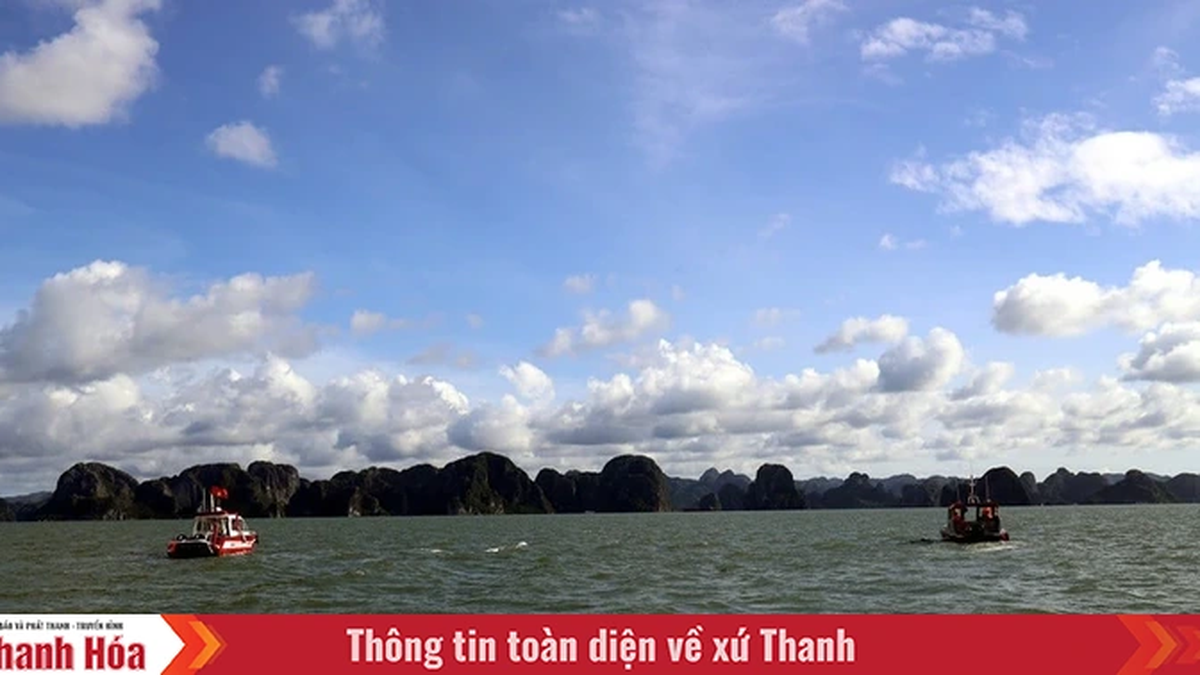
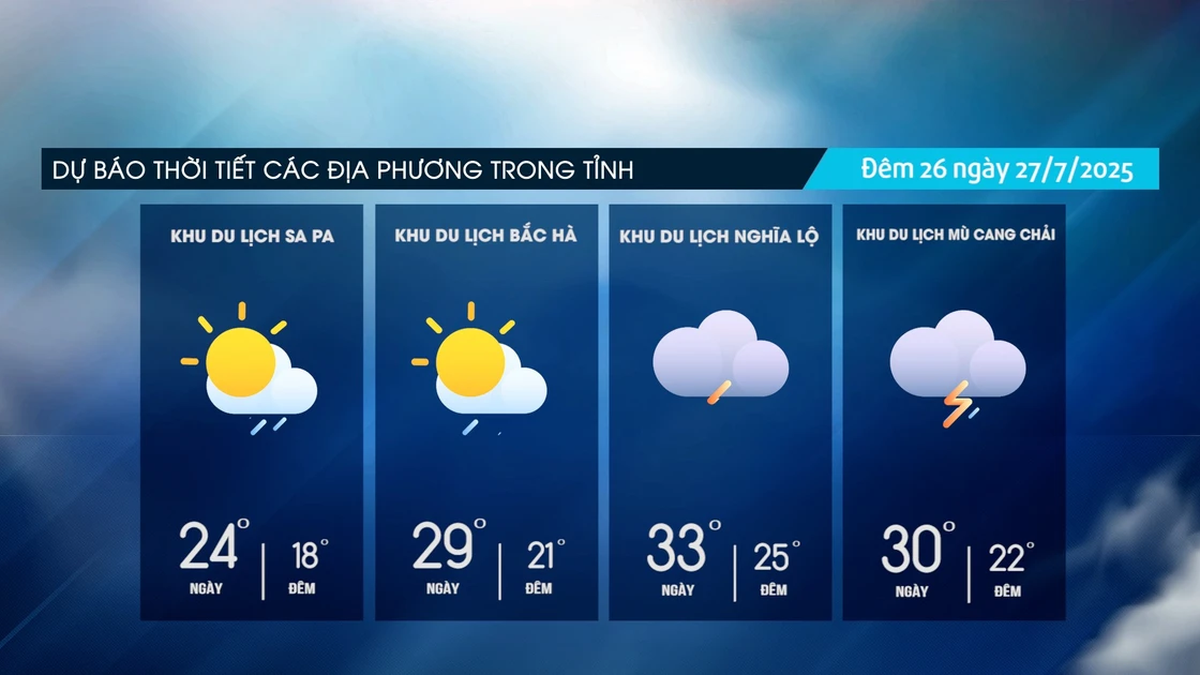
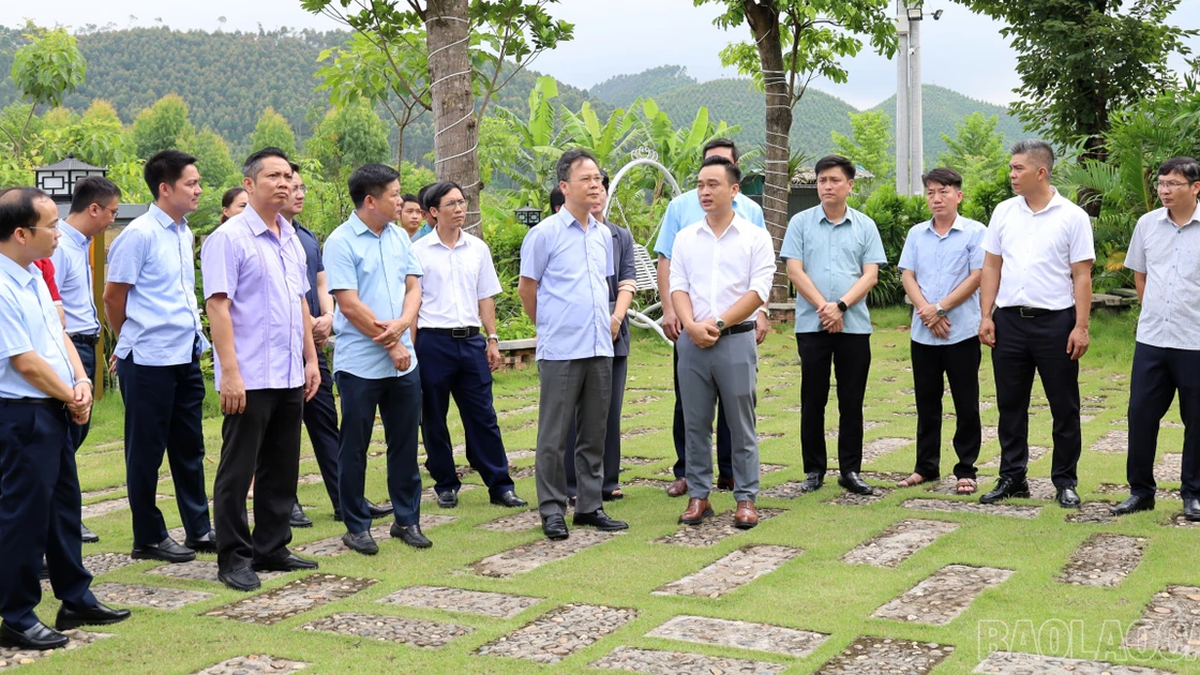



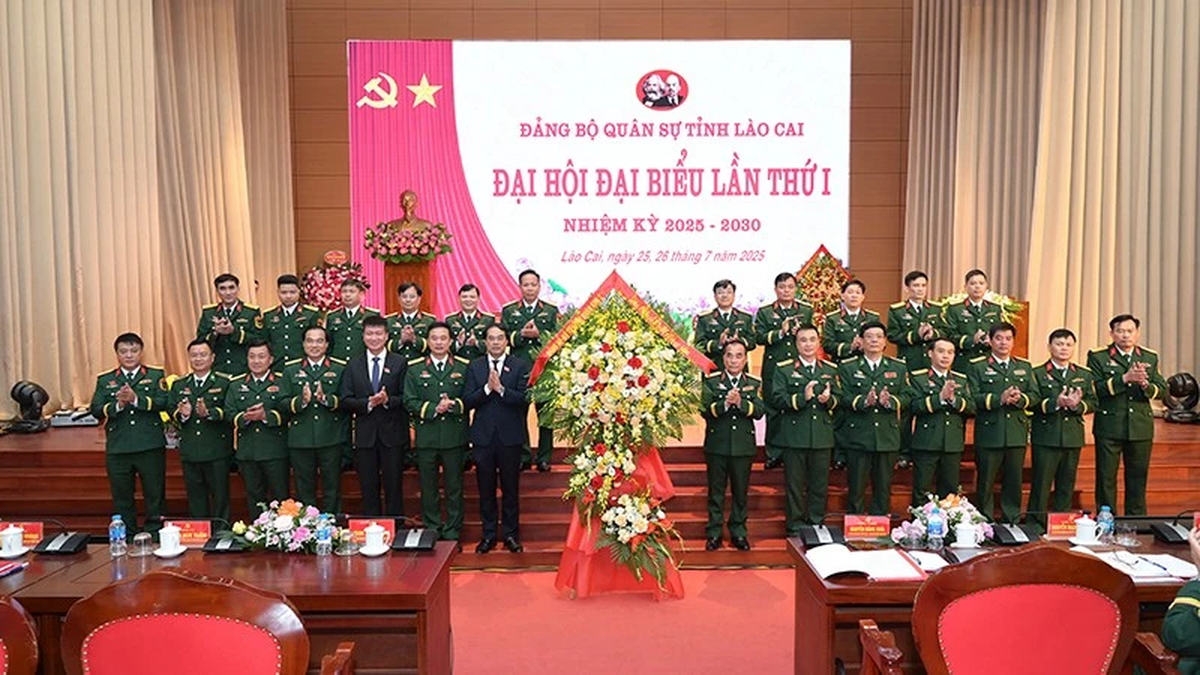

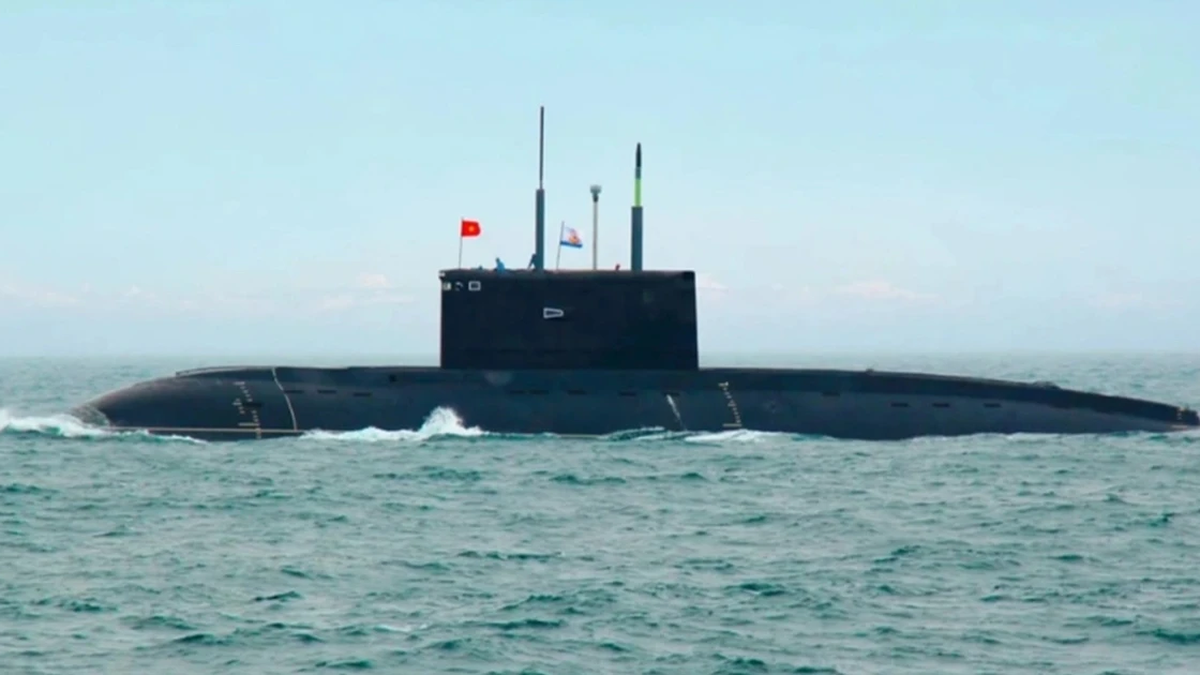
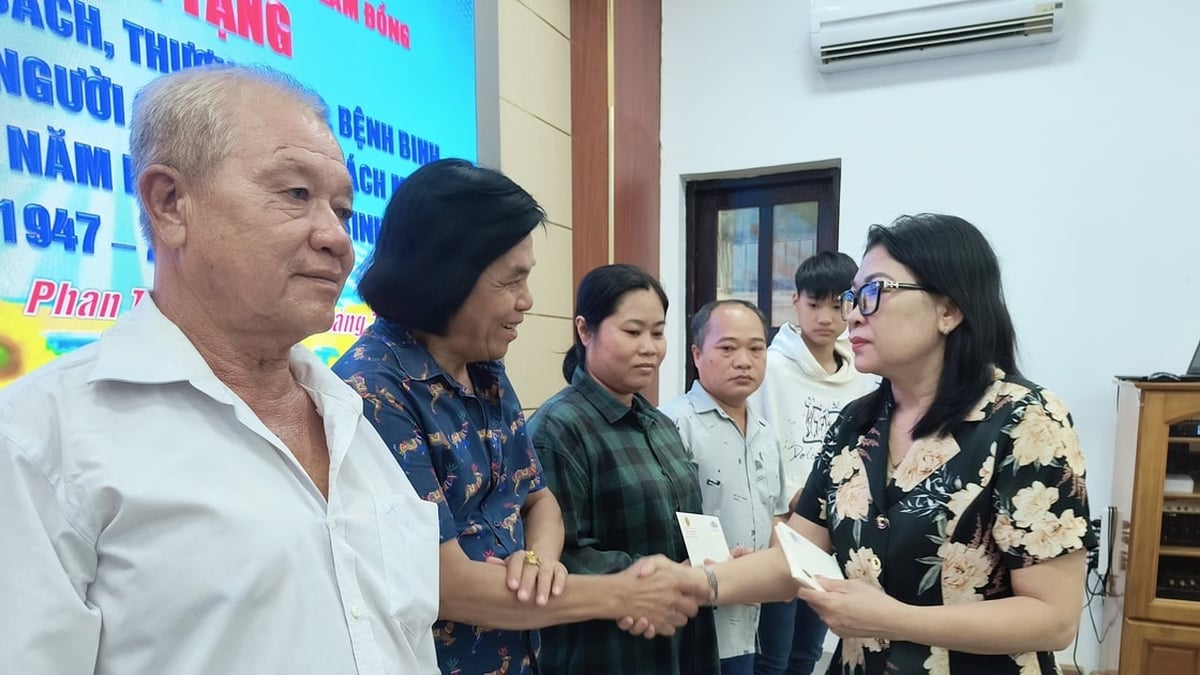






















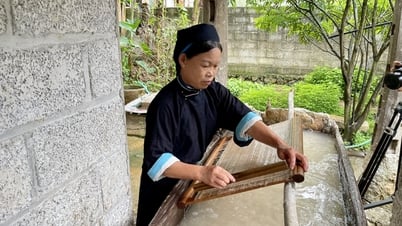

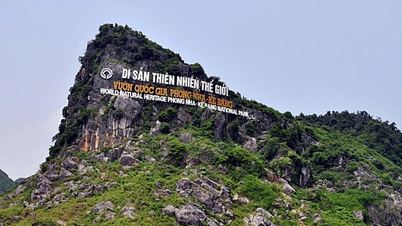










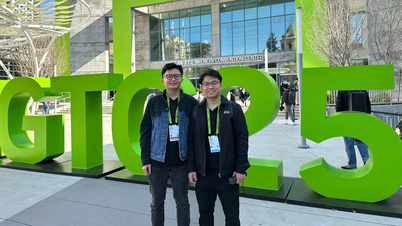
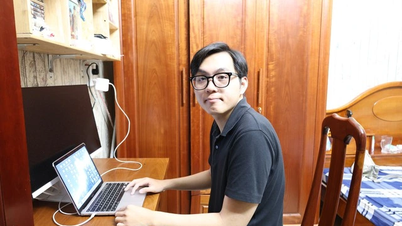

















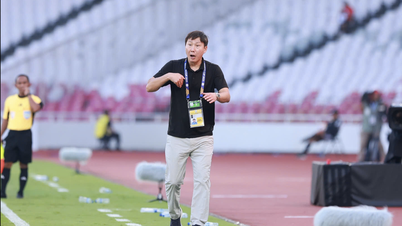








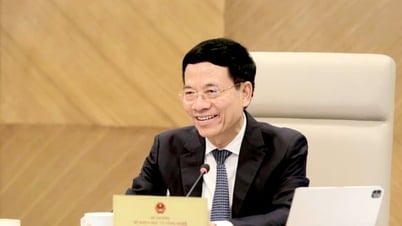

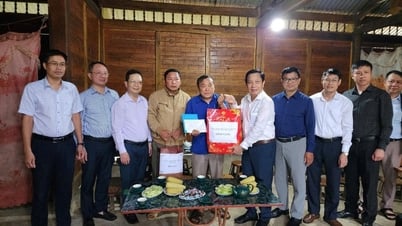
























Comment (0)